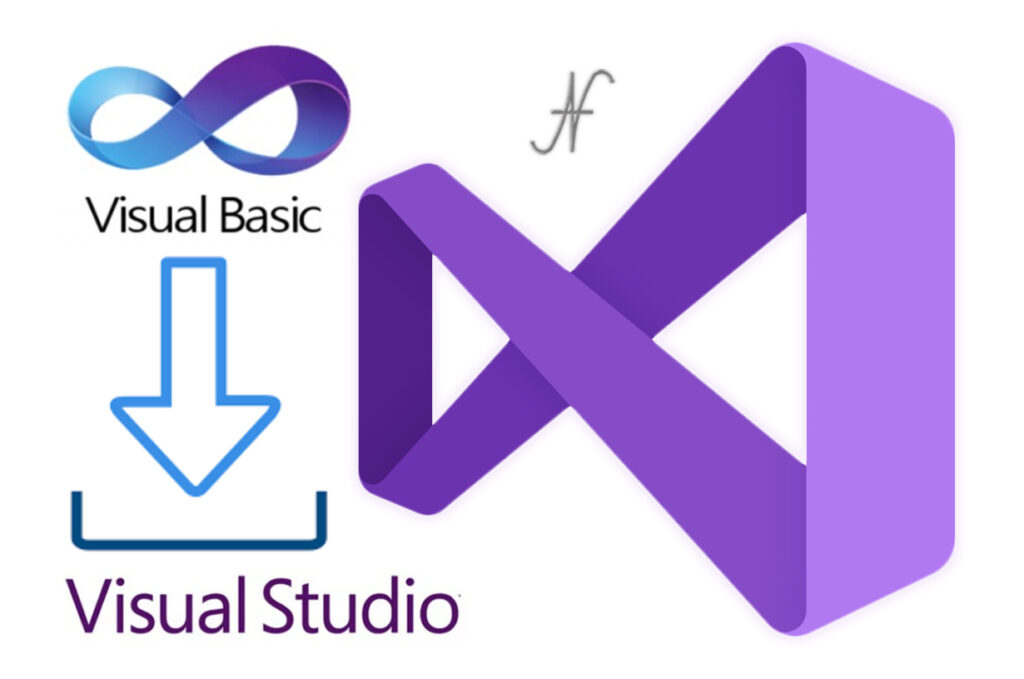
Free eBooks for Beginners
Type conversion, also known as type casting, is a process of converting one data type to another in a programming language. In Visual Basic .NET (VB.NET), type conversion is an important concept to understand, as it allows you to work with different data types in a seamless way.
When working with data in VB.NET, you will often need to convert between different data types. For example, you may need to convert a string to an integer, or a decimal to a double. VB.NET provides several built-in methods for type conversion, such as CInt(), CDbl(), and CStr(). These methods allow you to convert a value from one data type to another.
Another way to perform type conversion is by using the DirectCast and CType functions. The DirectCast function is used to convert a value to a specific data type, while the CType function is used to convert a value to a data type that is compatible with the target data type. Both of these functions are similar in functionality, however, DirectCast is faster and should be used when the type of the variable is already known.
It’s also important to note that some type conversions may result in a loss of data. For example, if you convert a decimal value to an integer, the decimal value will be truncated and the fractional part will be lost. Therefore, it’s important to be aware of the potential loss of data when performing type conversions.
In addition to built-in methods and functions, VB.NET also provides the option to use custom conversion methods. These methods allow you to define your own type conversion logic and can be useful when the built-in methods do not meet your needs.
It’s also important to handle errors that may occur during type conversion. For example, if a user enters a non-numeric value when a numeric value is expected, an error will occur. To handle this error, you can use the Try-Catch block statement, which allows you to specify what should happen if an error occurs.
In conclusion, type conversion is an important concept to understand in VB.NET, as it allows you to work with different data types in a seamless way. VB.NET provides several built-in methods and functions for type conversion, such as CInt(), CDbl(), and CType(). Additionally, it’s important to handle errors that may occur during type conversion and be aware of the potential loss of data. As a beginner, it’s important to practice working with different data types and converting between them in order to improve your coding skills.
Cookbook – VisualBasic.NET for Beginners – Chapter 17 : Type conversion
 Loading...
Loading...
Disclaimer: The information and code presented within this recipe/tutorial is only for educational and coaching purposes for beginners and developers. Anyone can practice and apply the recipe/tutorial presented here, but the reader is taking full responsibility for his/her actions. The author (content curator) of this recipe (code / program) has made every effort to ensure the accuracy of the information was correct at time of publication. The author (content curator) does not assume and hereby disclaims any liability to any party for any loss, damage, or disruption caused by errors or omissions, whether such errors or omissions result from accident, negligence, or any other cause. The information presented here could also be found in public knowledge domains.
Learn by Coding: v-Tutorials on Applied Machine Learning and Data Science for Beginners